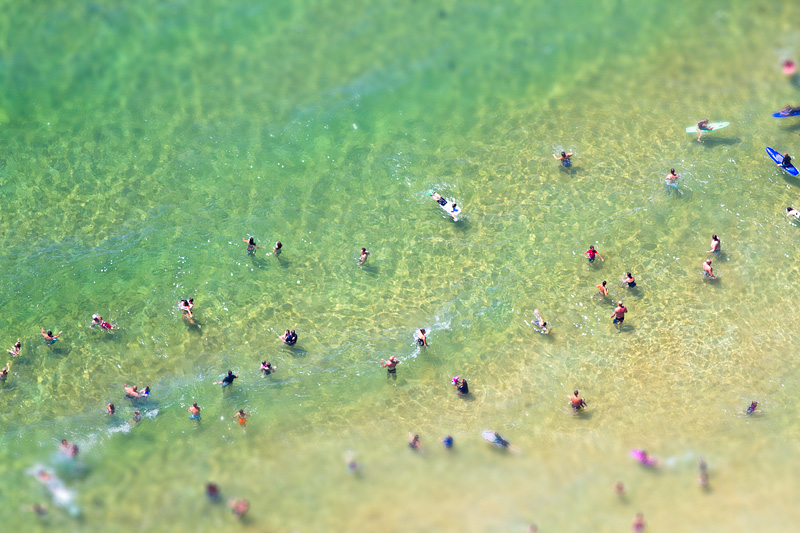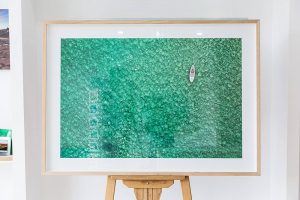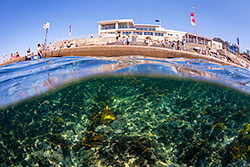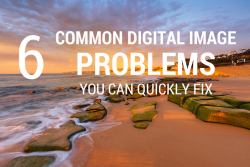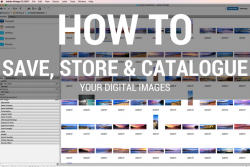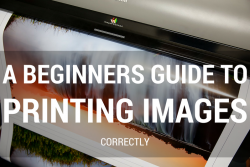During the years of teaching photography one topic keeps coming up that needs explaining and that is what does “Crop Factor Mean”, when owning or buying a digital camera and how does that effect or not effect your photography journey. In this article, I’m going to let you know what it is, how to identify cameras that have a cropped sensor if your in the market for a cropped or full frame camera and also how the crop factor will change your lenses focal length if your buying un corrected lenses.
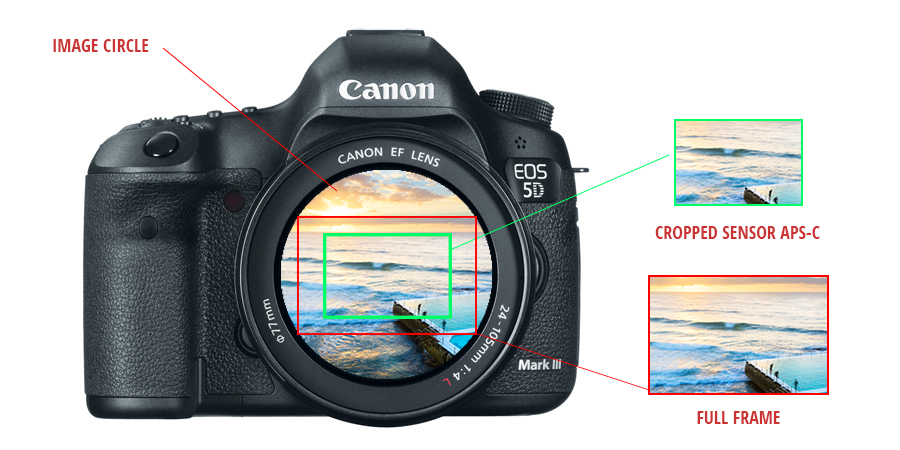
Cropped APS-C Sensor v's Full Frame Capture View
WHAT DOES CROP FACTOR MEAN ?
There are two types of Digital Camera. You have the Full framed camera where the sensor on the camera is the same size as a 35mm film frame of 36 x 24mm. Then you have the cameras where the sensor size is smaller than the 35mm frame, now the smaller sized sensor is what they are referring to as the camera that has the crop factor and the cropping they are referring to is when you put a 35mm camera lens on a camera that has a smaller sensor and the image that is lost because of this is “cropped” hence the term Cropped Sensor.
Now if you buy a lens that has the cropped sensor factor built into it, then this isn’t a problem, the cropping is only an issue if you are buying lenses made for 35mm “Full Frame” sensor cameras. The good thing is they would perfectly on a cropped sensor camera you just don’t have the focal length that is stated on the lens. ie 16-35mm.
The cropping amount is subject to the camera you have purchased. Sony and Nikon have the same sized cropped sensor (1.5) and Canon as a sensor slightly larger (1.6). All three companies refer to their cropped sensor as an APS-C sensor. Though Nikon will refer to theirs as a DX format, so keep that in mine. Below is a table on how these crop factors will effect / extend the focal length on full frame 35mm lenses. The math behind it is very simple. Crop factor ie for Canon 1.6 multiplied by the focal length (16mm) = 25.6m.
HOW IS THE CROP FACTOR CALCULATED ?
Working out the crop factor itself is a bit more technical. First you need to know the sensor size, in this example I am using Canons APS-C sensor which is 22.2 x 14.8mm. Now we need to know the X² of these two numbers and add them together, then with that number we find it’s square root and that will give us it’s diagonal. To find out the crop factor you then take the diagonal for the full frame sensor and divide it by your cameras sensor size diagonal and this will give you your crop factor which you can then use to work out the focal length of your 35mm lenses on the cameras body. Easy ?
Below are the calculations used to show you Canon’s APS-C sensor crop factor of 1.62 (most people round it to 1.6)
- 35mm / Full-frame diagonal: 36² + 24² = 1872², so the square root of that number is the diagonal which is 43.27
- Canon APS-C sensor diagonal: 22.2² + 14.8² = 711.88², so the square root of that number is the diagonal which is 26.68
- Crop Factor: 43.27 (full frame diagonal) / 26.68 (Canon APS-C Diagonal) = 1.62
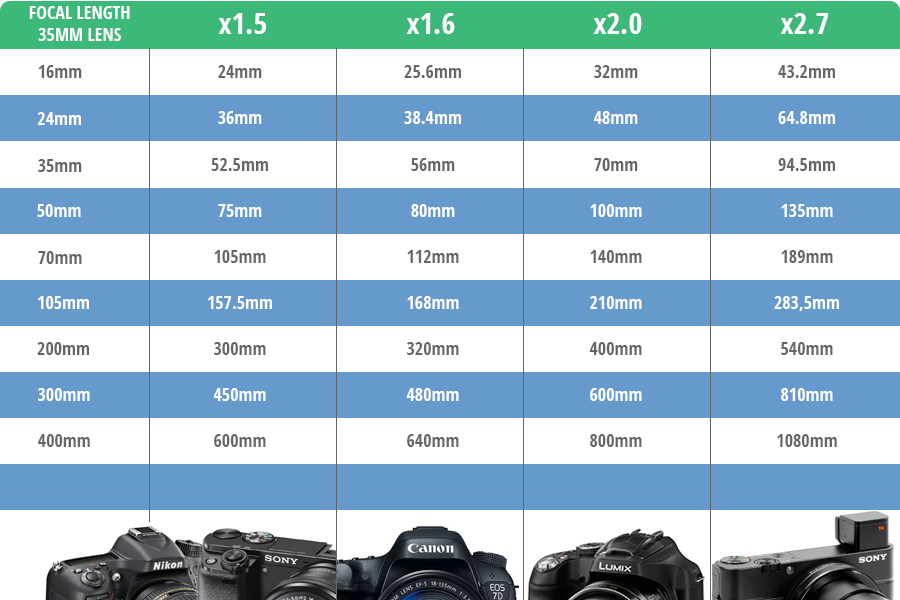
Common focal lengths and their changes subject to sensor crop factor
CROP SENSOR CAMERAS FROM DSLR TO POINT AND SHOOTS
Here is a list of a few cameras that have cropped sensors to give you an idea of the range that has them.
x1.5 (Nikon and Sony cameras). Nikon D3400, Nikon D500
, Nikon D7200
, Sony a6500
, Fujifilm X-T2
x1.6 (Canon Cameras). Canon 7D Mark II, Canon 80D
, Canon Rebel T6
.
x2.0 (Lumix, Olympus). Panasonic LUMIX DMC-FZ1000, Olympus OM-D E-M5 Mark II
.
x2.7 (Sony, Nikon Point and Shoots). Sony RX100M III Cyber-shot, Nikon DL Compact Camera
.
HOW DO I KNOW WHAT CAMERAS HAVE A CROPPED SENSOR ?
There a several ways to know if a camera has a smaller sensor “Cropped Sensor”.
- Model. If you know your model of cameras by the brand your interested in, but the best way is knowing your codes for cropped sensors by brand. All the main players like Canon, Nikon and Sony use a APS-C sensor. So in the ads they may use this. Nikon also calls their cropped sensor a DX format. (I have listed below some examples of camera listings on bhphotovideo.com for you to see how they are listed and what’s mentioned in the sales copy to know what’s what.)
- Price. Once cameras are costing you $2000 for the body you know your buying a full framed camera, but personally if this is your only indicator to buying a full framed camera then your kind of an idiot.
- Most of the time if your buying a Full Framed camera body there going to say “Full Frame” in the initial description of the camera as it is a selling point. Nikon will call the Full Frame sensor FX format.
- For a cropped sensor digital camera when they talk about the lenses the lens name will include letters like for Canon EF-S or Nikon DX or Sony DT these are cropped sensor lens mount terms and a cropped sensor lens will only work correctly on a cropped sensor digital camera. For more details on camera lenses and their markings please read this article.

Canon Cropped Sensor Camera listed for sale on bhphotovideo.com
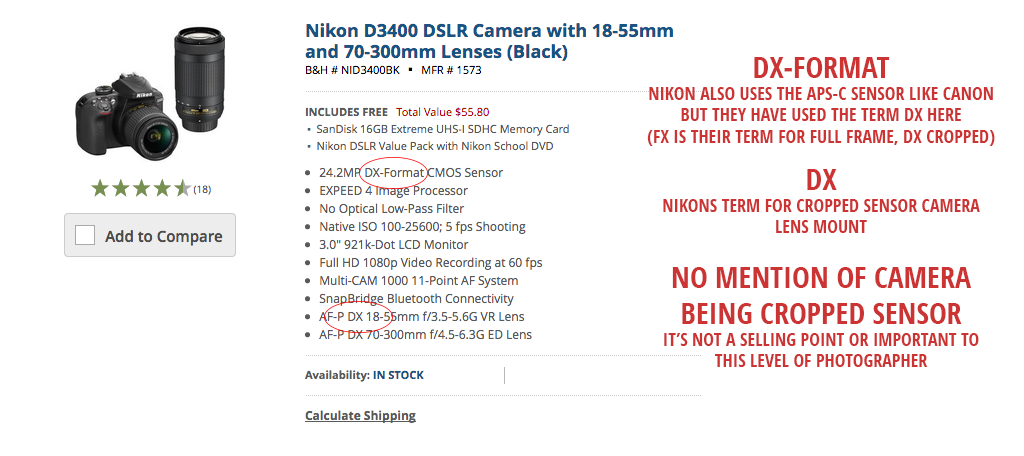
Nikon Cropped Sensor Camera listed for sale on bhphotovideo.com
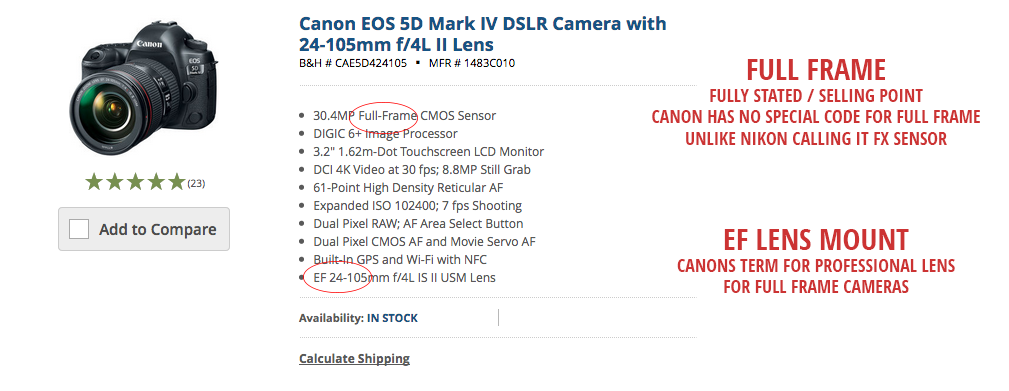
Canon Full Frame Camera listed for sale on bhphotovideo.com
WHY DO YOU HAVE CAMERAS WITH A CROPPED SENSOR THEN ? WHY ARNT THEY ALL FULL FRAMED
At the end of the day it comes down to cost. It costs more or did cost a lot more to make a full framed sensor that it does / did a smaller one and with the cost savings they open up a whole new market of photographer who can afford to buy a digital camera and enjoy digital photography. Another reason is that with the smaller cameras you have these days like the point and shoots the lenses in them make use of the crop factor to give you great zoom abilities.
Canon 7D (APS-C Sensor) Canon 400mm f5.6 lens with crop factor 640mm shot out of Helicopter at 1000 feet.
ARE THERE ANY BENEFITS TO HAVING A CROPPED SENSOR CAMERA ?
Yes for sure. I personally own a Canon 7D and it has a cropped sensor factor of 1.6, what this means is if I put my Canon 400mm f/5.6L lens on it that is not corrected ie EF-S then at 400mm my focal length on the 7D is 640mm (400 x 1.6 = 640). Now this lens is $2000 which isn’t cheap by any means but for me to buy a Canon 600mm f/4L Lens
it would be $12,000. Now that is a bargain to get a 600mm focal length on a professional lens. Yes sure there are a lot of optical, capture and aperture advantages of the Canon 600mm f/4L Lens
but reaching that focal length due to using a cropped sensor lens is great. This crop factor also works for your other lenses as well.
WHAT ARE THE DISADVANTAGES OF HAVING A CROPPED SENSOR DIGITAL CAMERA ?
- Unlike buying a 35mm EF lens (Canon professional series lens) that will work on both your full frame and cropped sensor camera, a cropped sensor lens will only work on that camera. So that means in a few years time if you want to upgrade to a full frame DSLR then the investment you have made in these lenses will have to be left behind.
- If you do buy a 35mm EF lens for your cropped DSLR you won’t be getting the full value out of the focal length, especially if your buying a lens like the Canon EF 17-40mm f/4L
or the Canon EF 16-35mm f/2.8L II
where at those focal lengths on a canon APS-C sensor camera your looking at a widest focal length of 27mm and 25mm. So you no longer have a wide angle professional series lens.
- With an APS-C sensor your shooting with a camera that has a smaller sensor which in return will give you less pixels in the files so your loosing image size. But personally if this bothers you or is an issue then your going to be someone who is going to buy a full frame camera.
At the end of the day people remember that a camera is more what you can do with it, than what it has under the hood. Of course going the Full Frame path is the best way but it comes at a financial cost. But if you see yourself doing photography long term then I would save my pennys and go this path, but if your starting out then don’t sweat it go a camera system that fits your budget. For more help on buying your first Digital SLR camera then I have this article for you.

